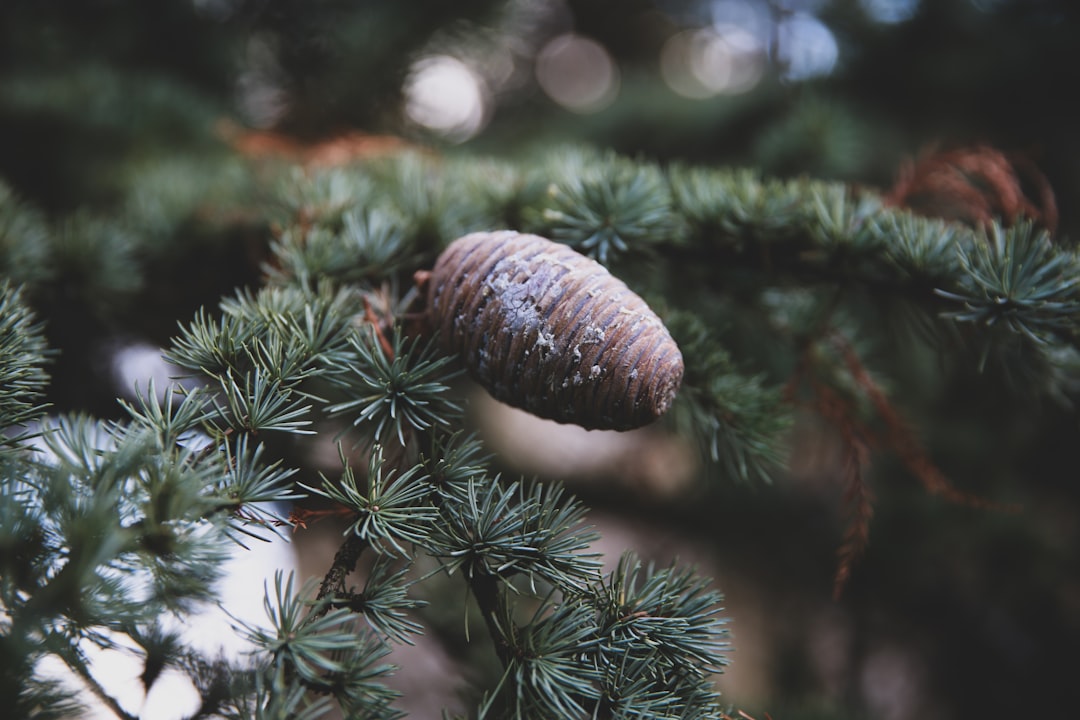Overview
Hebrew: erez (ארז) also sometimes gopher (גפר) in the Torah.
There is a long connection between the Jewish people and cedar. It goes back to the Torah, where we’re taught it was used as the wood for the mishkan, the desert tabernacle and referenced throughout Leviticus as a ritual tool with both water and fire.
In Talmudic times, it was customary to plant a cedar—representing majesty, strength, height, and hardiness—at the birth of a boy, and a cypress—representing beauty and grace—at the birth of a girl. Both trees also represented longevity and life. (Gittin 57a:21)
In Kohenet teachings, it corresponds with the Tzovah (צובאה) Shrinekeeper. And Rav Kohenet Jill Hammer also aligns it with Psalm 127, as part of the Psalms of Ascent read during Tu B’Shevat.
Cedar is cited as an angel governing the south. In other versions he is called Kerkoutha (q.v.).Angel of the South [Kerkoutha, Cedar, Raphael]
(A Dictionary of Angels – Gustav Davidson)
And Professor Cynthia R. Chaphman teaches in her course “The World of Biblical Israel” that “the main room [of The Temple] was decorated with cedar paneling; cypress floorboards; and carvings of palm trees, flowers, and cherubim. The account in Kings repeatedly emphasizes that the surfaces of seemingly everything were overlaid with gold.”
Keep reading with a 7-day free trial
Subscribe to Making Magic/k/q to keep reading this post and get 7 days of free access to the full post archives.


